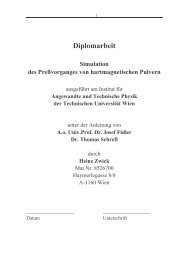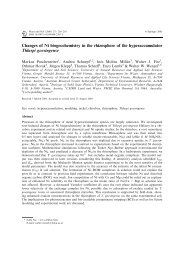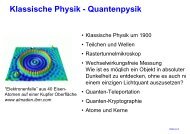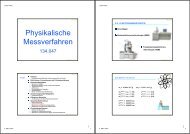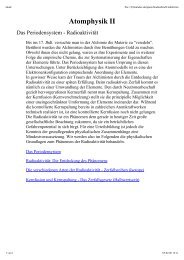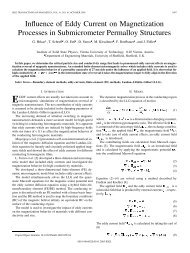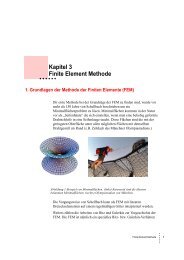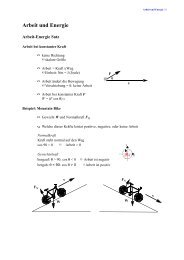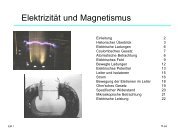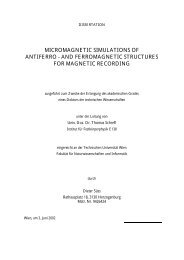Read Back Signals in Magnetic Recording - Research Group Fidler
Read Back Signals in Magnetic Recording - Research Group Fidler
Read Back Signals in Magnetic Recording - Research Group Fidler
You also want an ePaper? Increase the reach of your titles
YUMPU automatically turns print PDFs into web optimized ePapers that Google loves.
5 <strong>Read</strong> Head DesignEquation<br />
5.1 Bias Schemes<br />
<strong>Read</strong> Head Design<br />
Section (Next)<br />
For AMR and GMR read<strong>in</strong>g heads, magnetic layers with a uniform predef<strong>in</strong>ed magnetization<br />
direction are necessary. Besides a s<strong>in</strong>gle doma<strong>in</strong> state is desirable, to avoid Barkhausen noise<br />
due to mov<strong>in</strong>g doma<strong>in</strong> walls. Therefore the magnetizations of these layers have to be forced<br />
<strong>in</strong>to a certa<strong>in</strong> direction by bias<strong>in</strong>g. The most important bias schemes used <strong>in</strong> MR read heads<br />
are expla<strong>in</strong>ed below.<br />
5.1.1 Demagnetiz<strong>in</strong>g Factor<br />
The field of a magnetized body, the stray field, or also called demagnetiz<strong>in</strong>g field H S , acts on<br />
the magnetization itself. This field is proportional to the magnetization M and opposite<br />
directed with<strong>in</strong> the body. So the demagnetiz<strong>in</strong>g field can be written as<br />
N =− H M (5.1)<br />
S d<br />
Here N d is the demagnetiz<strong>in</strong>g factor, which is generally a tensor and only depends on the<br />
shape of the body. Pr<strong>in</strong>cipal axis transformation leads to three demagnetiz<strong>in</strong>g factors a N , N b ,<br />
N c for each axis one respectively. For their sum<br />
Na + Nb + Nc<br />
= 1<br />
(5.2)<br />
always holds. The longest axis corresponds to the smallest demagnetiz<strong>in</strong>g factor. It is also the<br />
preferred direction for the magnetization, because then the stray field energy has its m<strong>in</strong>imum<br />
(see (2.37)).<br />
A GMR element basically exists of two ferromagnetic layers, which should be magnetized<br />
perpendicular <strong>in</strong> respect to each other <strong>in</strong> ground state. Moreover the free layer should be able<br />
to rotate freely. Therefore the shape of these layers has to be almost quadratic (with an aspect<br />
ratio close to 1) <strong>in</strong> order not to discrim<strong>in</strong>ate a magnetization direction.<br />
59



